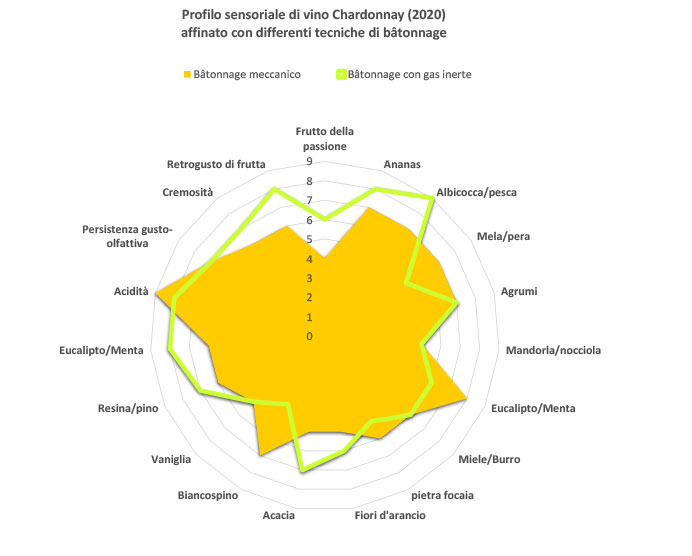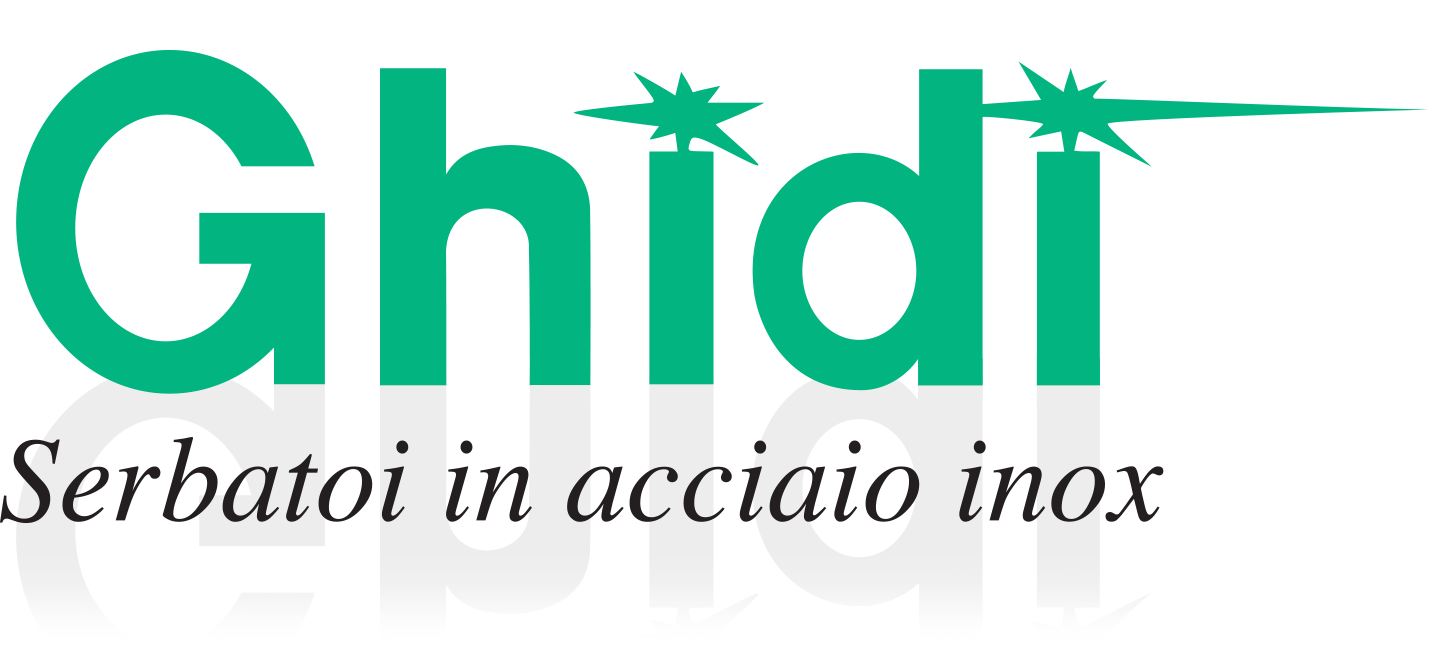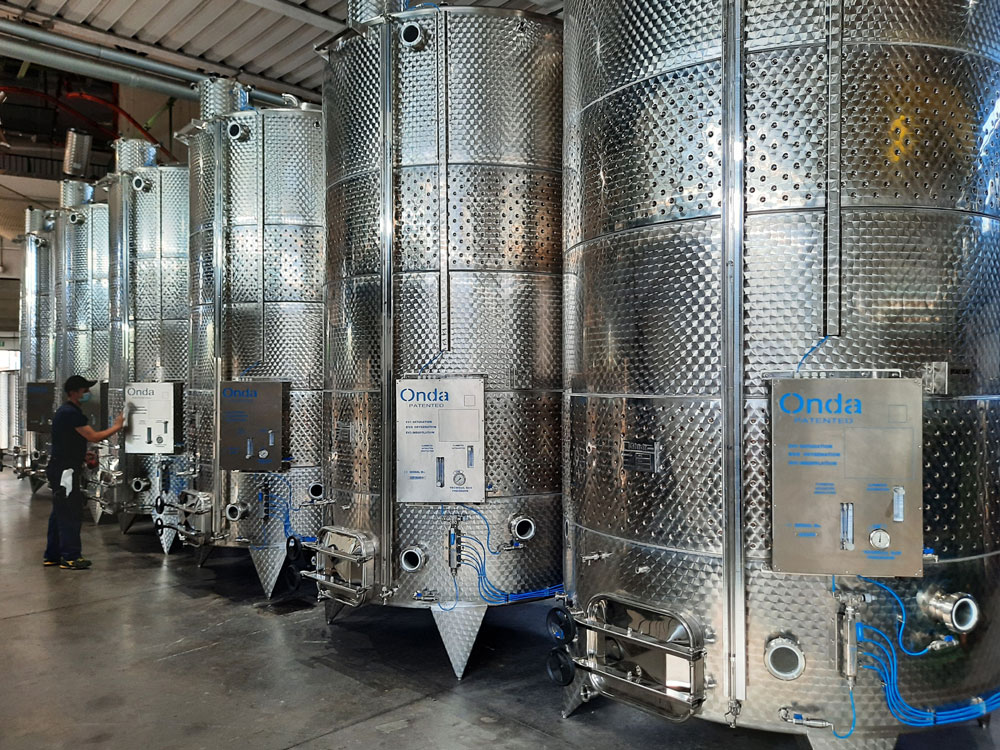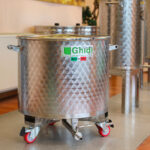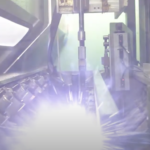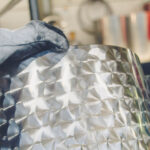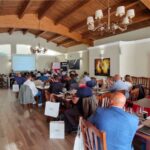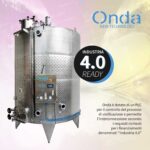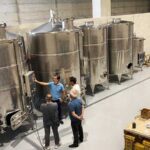AGING ON FINE LEES OF CHARDONNAY WINE WITH BÂAUTOMATIC TONNAGE IN ONDA® TANK
Automatic bâtonnage with inert gas (2 times per week) was tested by aging a Chardonnay wine from the 2020 vintage for 6 months in Onda® tanks, comparing its effects on volatile compounds and sensory profile compared to conventional mechanical bâtonnage by pumping over.
The Onda® system promoted a better evolution of the wine’s sensory profile, preserving its more fragile volatile component and increasing its smoothness on tasting.
Maturation of white wines in contact with fermentation lees is a technique that is very advantageous for the enological and sensory quality and stability of the wine, and therefore increasingly applied in wineries. During the months (4-6 months) following the end of alcoholic fermentation, the periodic placing of light lees in suspension (bâtonnage) facilitates the release of useful substances yielded by the yeast cells in autolysis. It is, however, a laborious practice that requires, particularly if the wine aging is in steel, commitment and regularity of execution, with greater frequency when the biomass is richer. In case of delayed agitation of the deposit, the sedimentation and subsequent compaction of the lees themselves can, however, be the cause of unpleasant sulfur odors and metallic tastes that are difficult to remove. 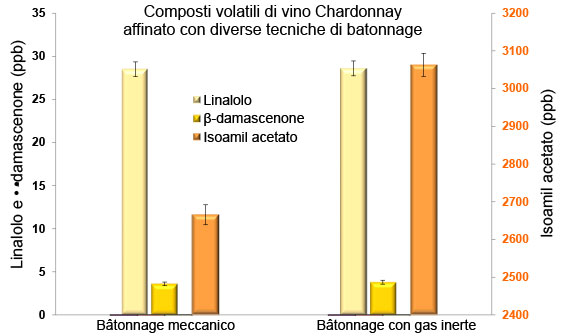
For this purpose, the Onda® multifunctional tank provides an automatic bâtonnage system with inert gas (nitrogen) carried out by a series of microperforated injectors placed near the bottom. In this way, the lees resuspension operation can take place on a regular basis, possibly even in combination with micro-oxygenation by means of a porous candle placed in a median position, guaranteeing significant time savings and timely repetition of the treatment.
In collaboration with Prof. Esti of the DAFNE Department of the University of Tuscia,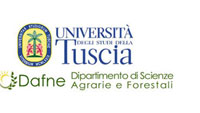 automatic bâtonnage with inert gas (2 times a week) was tested by aging a Chardonnay wine from the 2020 vintage for 6 months in Onda® tanks, comparing its effects on volatile compounds and sensory profile compared to conventional mechanical bâtonnage by pumping over.
automatic bâtonnage with inert gas (2 times a week) was tested by aging a Chardonnay wine from the 2020 vintage for 6 months in Onda® tanks, comparing its effects on volatile compounds and sensory profile compared to conventional mechanical bâtonnage by pumping over.
The study of volatile compounds (see histogram), at the end of refinement, showed a protective effect of bâtonnage with inert gas against isoamyl acetate, a molecule representative of acetates of higher alcohols and more unstable than varietal compounds such as linalool and b-damascenone (terpene and norisoprenoid, respectively), for which no significant differences were found compared with mechanical bâtonnage.
Moreover, the two Chardonnay wines, sensory analyzed by panels of experienced tasters after 6 months of aging, were found to have markedly different olfactory and gustatory-tactile profiles (see spider plot). Specifically, the descriptors of fruity, floral and balsamic notes were found to be of greater intensity in the sample subjected to bâtonnage with inert gas as well as persistence and creaminess, which better balanced the acid perception.
In conclusion, the automated fine lees resuspension treatment with inert gas insufflation in Onda® tank promoted a better evolution of the wine’s sensory profile, preserving its more fragile volatile component and increasing its smoothness on tasting.
